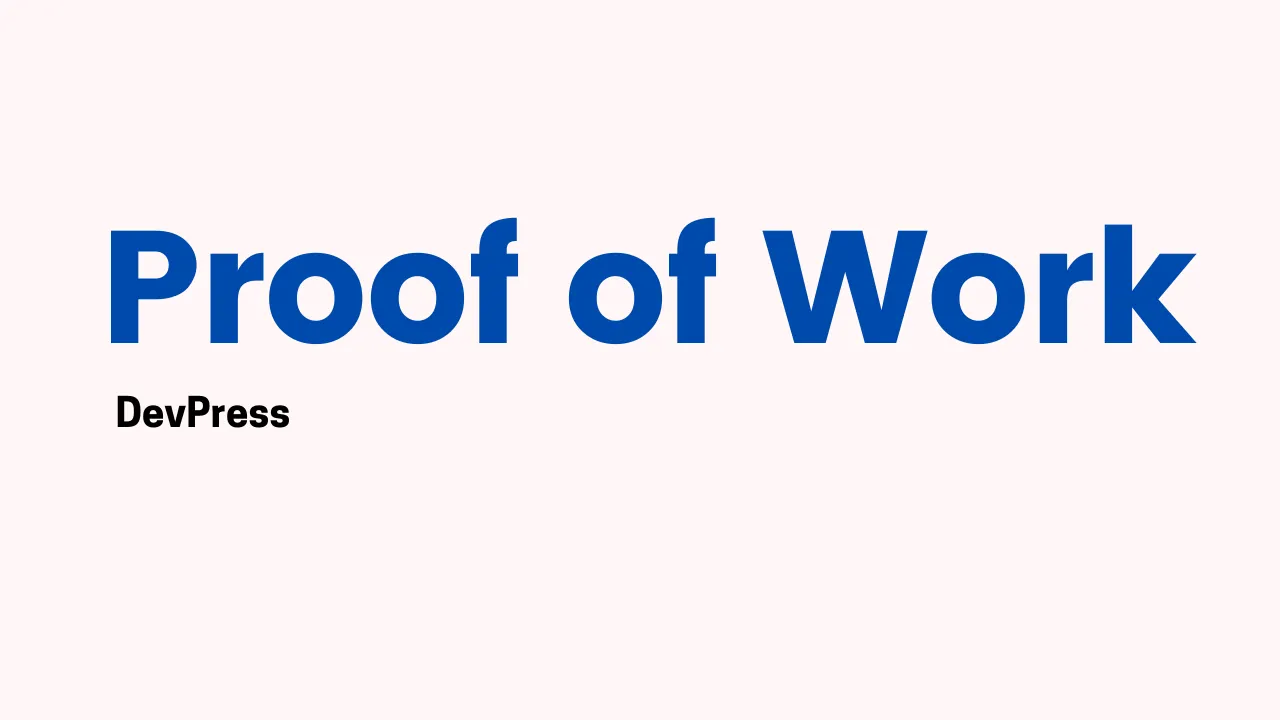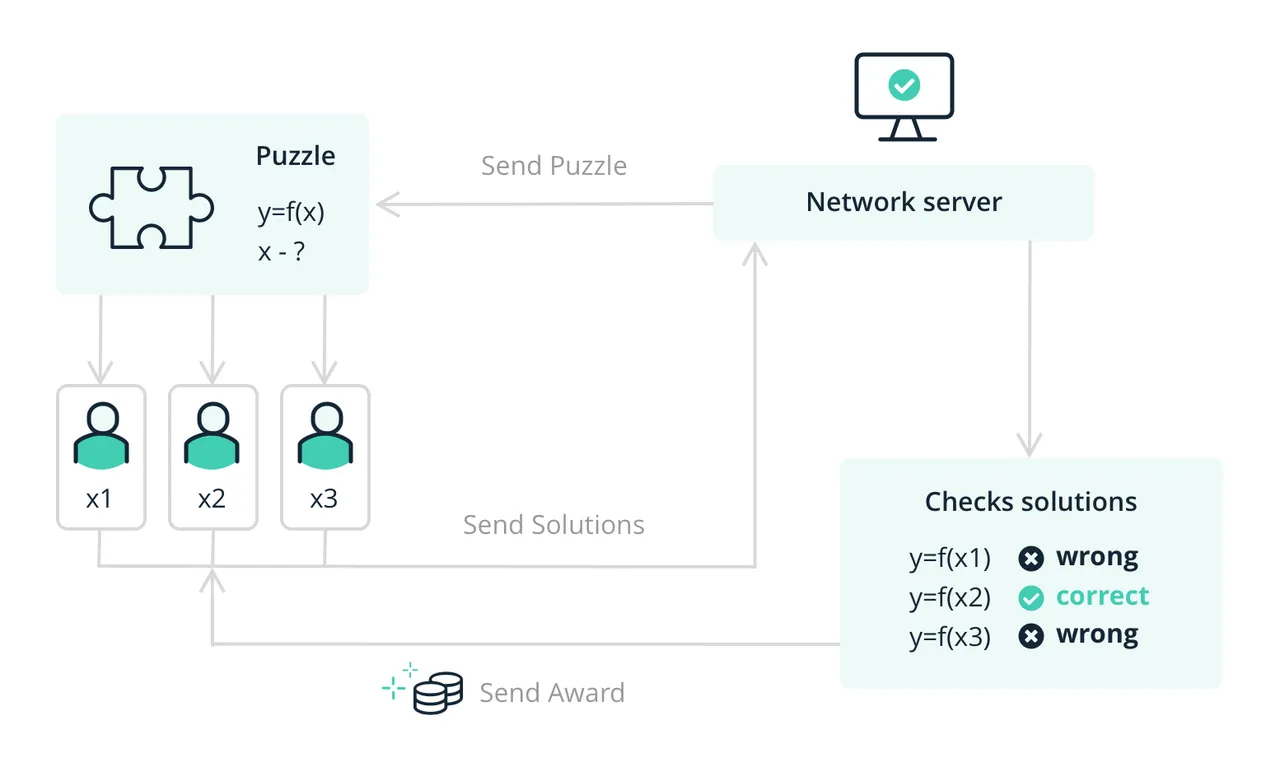Cryptocurrencies make use of the consensus algorithms to perform their blockchain operations. In past post, I have covered the Proof of Stake algorithm. If you are interested do take a read of that.
In this post I am going to cover the Proof of Work algorithm. I am trying to put the concept in simple terms so that you can understand how it applies to the blockchain.

Image Credit: Designed with Canva
What is Proof of Work?
Every blockchain has a ledger which holds the information about the transaction. In proof of work algorithm, each transaction has specific cryptographic puzzle with hash is generated. Whenever any node that generates the puzzle hash similar to the generated one by the ledger. It registers a mined block.
More nodes verifying this mined block verify the transaction. The first miner gets the reward for mining the block in the ledger. As the mining goes the hash becomes harder to solve. This is why bitcoin, litecoin and other proof of work blockchains get a lot of time and energy to mine the new blocks on the ledger.

Image Credit: Ledger
As you can see from the image, each verified block is mined by the node. And the node is called a miner. This is how the value in the blockchain is generated.
Which Cryptocurrencies make use of the Proof of Work?
Currently Bitcoin, Bitcoin Cash, Monero, Namecoin, Zcash make use of the Proof of Work with different hash algorithm each for their blockchains. Each of them are lot different in how they mine the block. And so the complexity seems to be higher for Bitcoin while some coins keep it consistent throughout their transactions to speed it up.
What are the types of the Proof of Work?
There are two dominant types of the Proof of Work blockchains. One being challenge and solution based and another being solution and verification based. Each of them depend on the type of hash and the mined block variant so it reflects in the speed of the transactions.
Why Proof of Work is not preferred by new Blockchains?
Proof of Work used to be pretty common. However the usage of this algorithm increased the transaction cost, reduced the speed and created many other issues with the blockchain ecosystem. Some of them are listed below.
- Attack of 51% : This is popular attack that is likely to happen if any entity chooses to do 51% ownership of the nodes for mining.
- Too much consumption of energy for keeping the computers active for mining. Which includes cost of running, cooling and the replacements.
- Longer time as the ledger produces hard to mine blocks as time goes on.
Like every technology in the cryptocurrency space, this algorithm has its benefit and the issues. So proof of work too has it's own share of issues.
I hope that any newcomer who had doubts about the proof of work can now easily understand how it works in the background of most popular blockchains and coins.